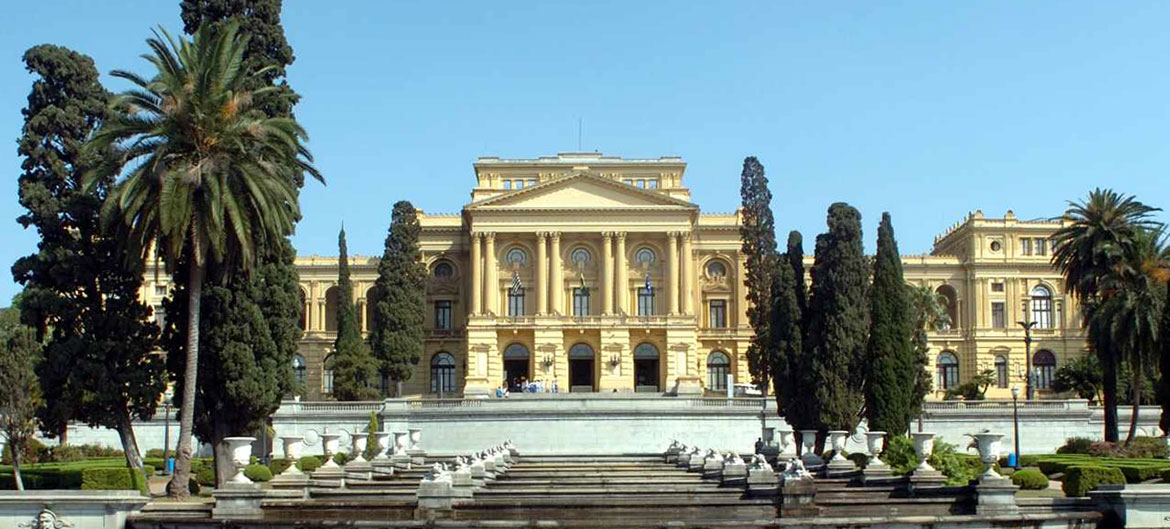Research Suggests Location Of Properties And Rural Productions Is Important In Several Areas
The CEP, acronym for Postal Address Code, is one of the main location standards used in the city. In rural areas, its presence is still scarce, but more and more companies and government programs are investing in advancing the mapping of these regions.
“With the process of digitalization of agriculture, this has been happening more and more in the countryside. New technologies are coming to support not only the production issue, but also others related to citizenship”, comments researcher Rodrigo Maule, from the Public Policy Research Group at the Luiz de Queiroz School of Agriculture at USP. He also adds that the issue of location does not only involve properties, but also production and points such as traceability, referencing: “This location technology, associated with the digitization of the field, will allow us to take all these steps”.
Public policy
The Rural Routes program, promoted by the Secretary of Agriculture and Supply of the Government of the State of São Paulo, aims to address rural properties and bring several benefits, as Maule explains: “When these properties do not have this address, this ends up causing several problems. One of them is, for example, for health to be able to locate that property and arrive quickly. From the moment you have this zip code, they can serve you more quickly. This also involves the issue of security: when you have an occurrence in the field, the police have this location, which makes the route much easier. In addition, it still brings a series of benefits in relation to the logistics for the rural transport of students: all these aspects will bring a lot of benefits to the countryside”.
The scope of the program was large and covered a large part of the state, according to Maule: “I would say that it was quite daring, it sought to cover the entire state territory. So, today they already have 645 municipalities mapped, with around 287,000 rural properties with that zip code and, in addition to the address, they managed to map roads that were not registered and registered. This also greatly facilitates logistics: there were more than 55,000 kilometers registered under this program”.
Mechanism
“It’s a simple location, but what you need to have is a pattern and that becomes the zip code for that property. It is not a complicated technology, it is even relatively simple, but there is a lot of data, so it needs to be well organized”, explains the researcher. “Therefore, it should be being used more in other state governments”, he adds.
An important point is, in addition to increasing productivity through better logistics, the possibility of knowing the origin of products: “For example, today, we have several issues related to the export of products produced in deforestation areas. From the moment you don’t work with this location, you can’t make this identification and end up putting everything on the same level, so you can’t differentiate between these productions. But when you have this location, that will allow this traceability”, exemplifies Maule.
Another issue is connectivity in the countryside, which makes room for many other opportunities such as tourism, income generation, and even for a greater presence of young people in this region: “Brazil has a very large area and we have a lack of connectivity, so this is another front that is being looked at a lot. This will allow us to keep the man in the field, the young man in the field. There is still a lot of this issue of leaving the countryside because there they cannot have access to these technologies, benefits, that exist in the city. When we make it available, having these issues resolved in rural areas, this will increase the number of people there”, says the researcher.

